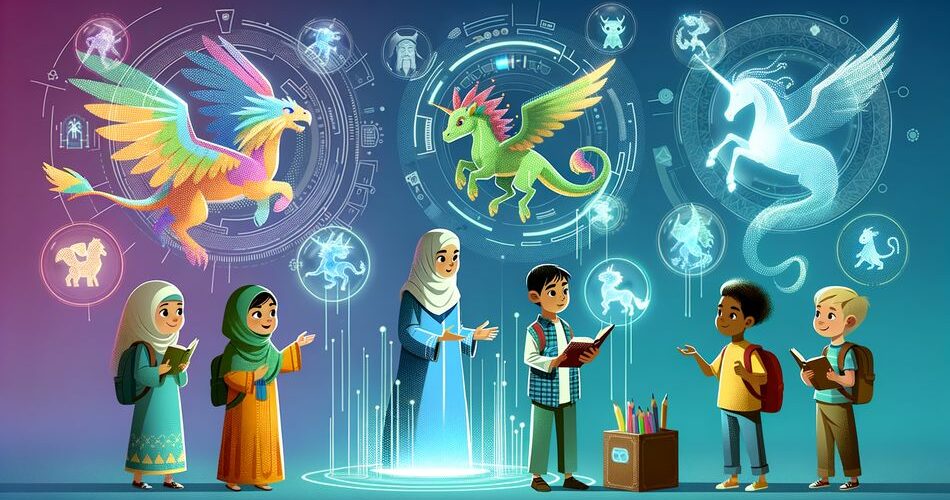As the digital age progresses, the confluence of technology and creativity presents new opportunities for enriching family life. One of these exciting frontiers is artificial intelligence (AI) in storytelling. AI storytelling tools can provide endless inspiration for imaginative adventures, engaging young minds in unique and educational ways. This blog post will guide you through the benefits of AI storytelling and offer tips for creating captivating narratives with your children using AI technology.
Why AI Storytelling?
Storytelling has always been a cornerstone of childhood, nurturing imagination, empathy, and communication skills. With the advent of AI, the storytelling landscape has expanded, offering new dimensions to this timeless activity. Here are some key benefits:
- Endless Creativity: AI can generate countless story scenarios, characters, and settings, ensuring fresh and diverse narratives every time.
- Interactive Learning: AI stories can be tailored to incorporate educational themes, promoting learning through play.
- Personalization: AI tools can adapt stories to reflect your child’s interests, making the experience more engaging and meaningful.
- Collaboration: Creating stories with AI fosters teamwork and collaboration, enriching your family bonding time.
Getting Started with AI Storytelling
Ready to dive into the world of AI storytelling with your kids? Here are some steps to get started:
1. Choose the Right AI Tool
Several AI storytelling tools are available, each with unique features. Popular options include:
- Storybird – Great for visual storytelling with beautiful artwork.
- Botnik – Suitable for humorous and quirky stories.
- Lumenoid – Focuses on blending AI with human creativity.
Explore these options to find the best fit for your family.
2. Set the Stage
Before diving into the story, spend some time with your child brainstorming ideas. Discuss potential characters, settings, and plots. This preparation will make the AI-generated story more engaging and relevant.
3. Guide and Collaborate
As the AI generates the story, guide your child through the creative process. Encourage them to add their own twists and details to the narrative. This interaction not only enhances their creative skills but also makes the storytelling experience more collaborative.
4. Integrate Learning Elements
Incorporate educational themes into the story. Whether it’s a historical adventure, a scientific discovery, or a lesson in empathy, blending learning with entertainment ensures a rich and multifaceted experience.
5. Review and Reflect
After completing the story, take time to discuss it with your child. Ask them what they enjoyed, what they learned, and how they might change the story next time. This reflection fosters critical thinking and deepens the storytelling experience.
Benefits of AI Storytelling for Child Development
AI storytelling goes beyond mere entertainment. It offers several developmental benefits:
- Language Skills: Engaging with diverse vocabulary and narrative structures enhances language development.
- Cognitive Development: Creating and following complex storylines boosts cognitive skills such as memory and problem-solving.
- Emotional Intelligence: Exploring characters’ emotions and motivations builds empathy and emotional understanding.
- Creative Thinking: Imagining new scenarios and outcomes fosters creativity and innovation.
Conclusion
Artificial intelligence is opening new avenues for creative storytelling, offering endless possibilities for engaging and educating our children. By integrating AI storytelling into your family routine, you can nurture your child’s imagination, promote learning, and strengthen your family bond. Embrace this innovative trend and embark on magical adventures with your kids, one AI-generated story at a time.

